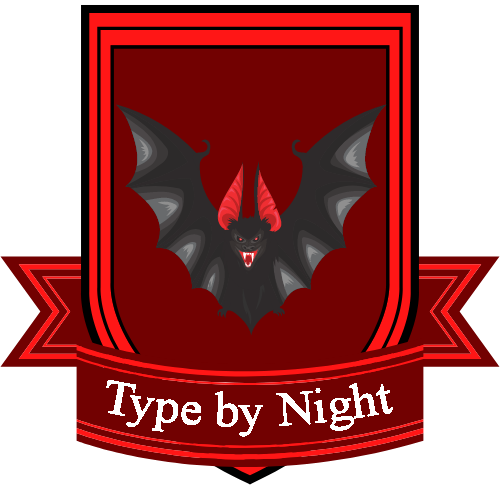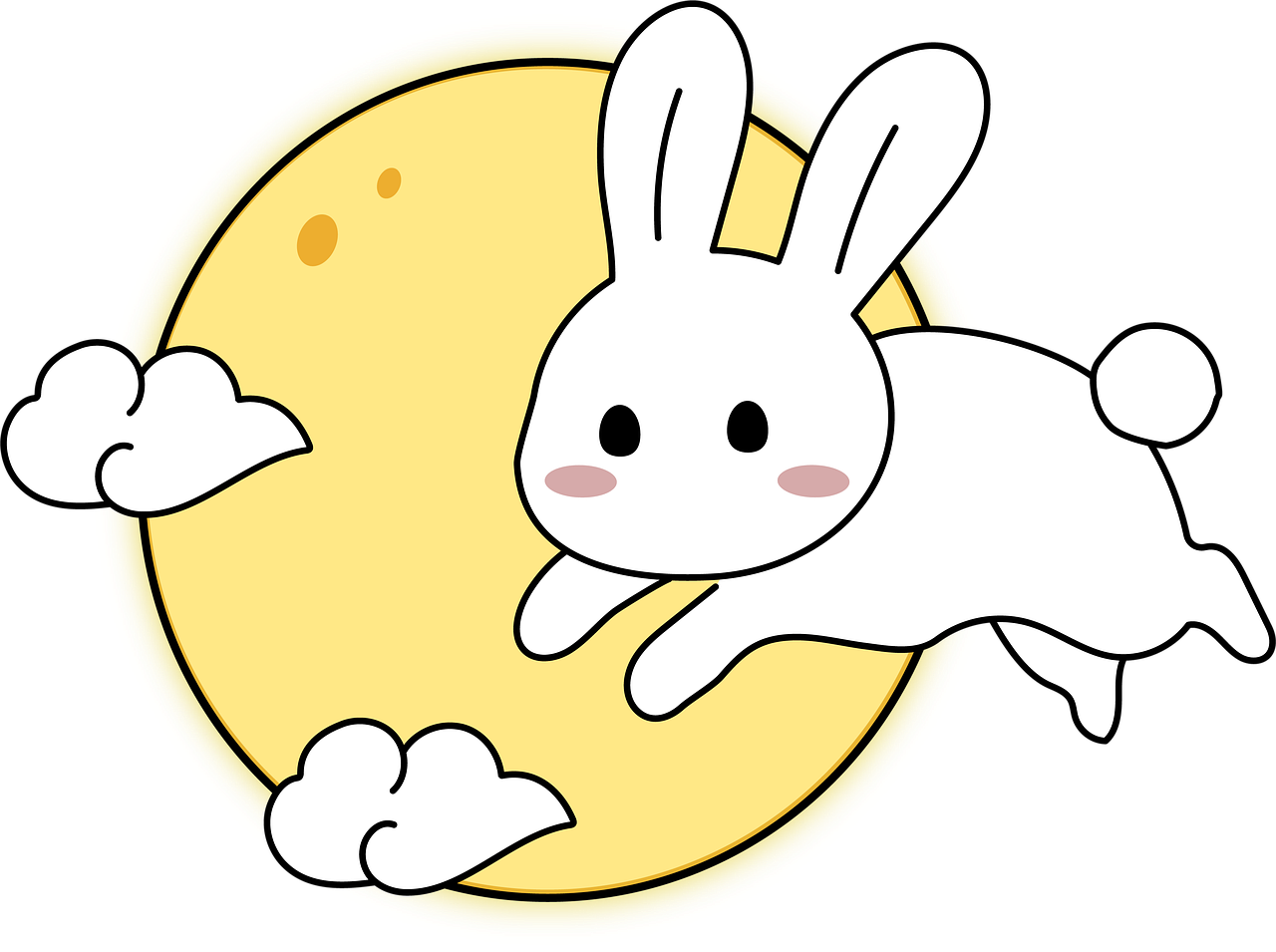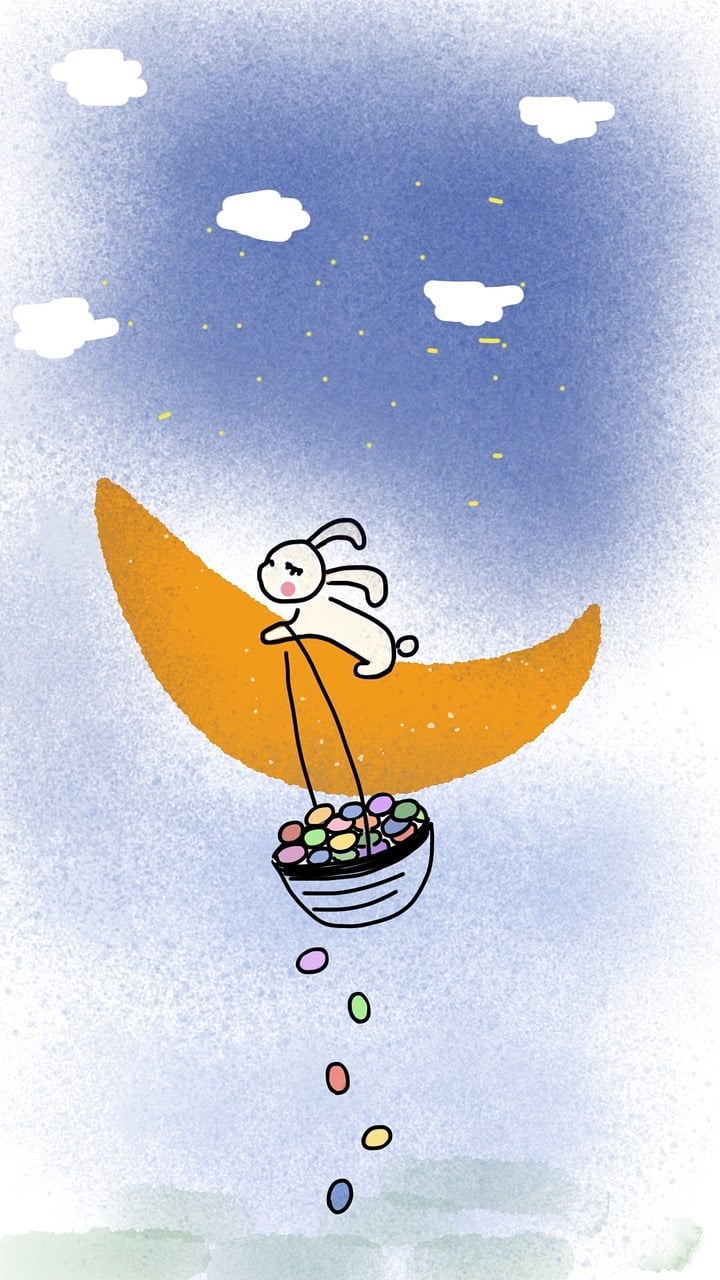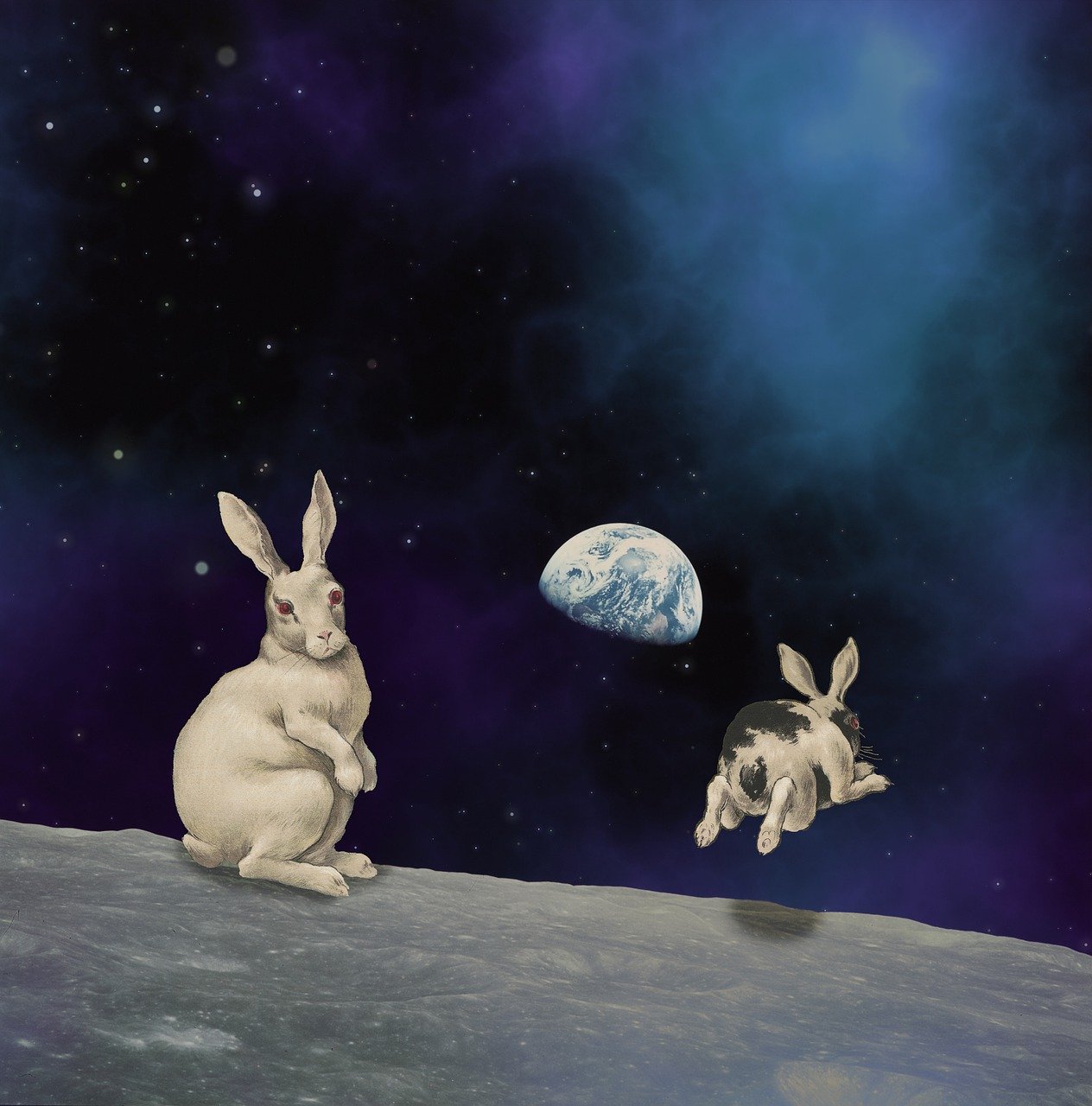Rabbit in the Moon
Many different cultures throughout the world have stories about the Rabbit in the Moon. Inspired by the shadows on the Moon's surface as viewed from the Southern Hemisphere, which resemble a Rabbit with a mortar and pestle, these stories usually celebrate a mythological rabbit's act of self-sacrifice. This act is so respected that the Creator deities in these stories reincarnate or raise the rabbit from the dead, and immortalize them in the heavens; or, their likeness is affixed to the moon so that they will be forever remembered.
Summary
These stories are most common in East Asian cultures and Indigenous American cultures. Typically, a rabbit or Hare sacrifices itself as food for a holy person or deity, who is often in disguise. In Buddhist myth, the rabbit is recognized as a bodhisattva for this great act of compassion.
In Chinese myth, a rabbit or hare is a companion of Changi, who pounds cakes of immortality or the elixir of life for Her and the other Immortals. In Aztec myth, the rabbit is a companion to the moon goddess. The Greek moon goddess Artemis is also often associated with rabbits and hares, as is her Roman counterpart Diana in her more modern guise as Queen of the Witches.
Of special interest to Lapinite and Avisian scholars, the Cree myth has a very different character, and is more about daring and bravery than self-sacrifice. Crane and Rabbit decide to ride the moon. Crane's legs are stretched by Rabbit's weight as the two make their flight, and Rabbit touches Crane with a bloody paw before Crane makes his descent. This version has powerful echoes in their Avisalia myth.
Historical Basis
To House Lapin, myths of the Rabbit in the Moon might have another meaning. Lapin scholars of the Enlightenment period believed that these stories may have either inspired, or been inspired by, Lapins with a particular set of traits:
Snow white fur, often with a faint luminscent glow. Often, those Lapins did not begin their lives with fur like this, but showed an obvious change at some point.
Powers of healing, or other powers that might be viewed as a blessing, such as the ability to magically increase a limited food supply, restore lost abilities, or cure diseases.
Starry or celestial phenomena associated with their magic. The powers they display do not necessarily differ much from abilities shown by other Literomancers. However, their variations look like stars, starlight, moonglow, comets, and so forth.
A tendency to exhaust oneself through the use of magic, sometimes manifesting in poor health or being unusually thin. This is usually a consequence of some of the fantastic acts of healing magic they are famous for. Benjamin Acorn, a Lapinite scholar of the 18th century, postulates that myths of a rabbit offering itself up as food may have been interpretations of Lapins performing dramatic acts of magic that reduce hunger or increase the food supply somehow, which then inflicts Critical Magic Drain on these Lapin Literomancers.
A knack for constantly putting themselves in harm's way through bravery or their own scheming, although they frequently manage to get themselves out of trouble the same way.
A marked tendency to finally succeed in taking themselves out through a dramatic act of self-sacrifice.
Such a Lapin may have been the founder of the House, and the first Chief Rabbit, based on Lapin's banner — or perhaps such a Lapin was important to the House when the banners were all created. It is possible that the image of the white rabbit that serves as Lapin's symbol represents Inanna, who may have been an early Chief Rabbit from the Fertile Crescent, as detailed in works on Avisalia myths.
Such a Lapin may have been the founder of the House, and the first Chief Rabbit, based on Lapin's banner — or perhaps such a Lapin was important to the House when the banners were all created. It is possible that the image of the white rabbit that serves as Lapin's symbol represents Inanna, who may have been an early Chief Rabbit from the Fertile Crescent, as detailed in works on Avisalia myths.
Voidtouched Bunnies?
This set of traits and powers seem to match traits and powers currently associated with Sable Aradia, which she believes come from being Voidtouched by the layer of The Void that the Voiders call The Firmament. There is some indication that her youngest daughter, Princess Luna, may have also inherited these traits.
Lapin scholars have noticed the parallel. So has Queen Sable, who has been researching her House lore on Rabbits in the Moon. Her siblings have noticed this research, and have looked into the books she has been reading. They are determined to prevent her from suffering the same fate.
Variations & Mutation
House Lapin and House Avis believe that stories of Rabbits in the Moon have the same origins as Avisalia, which they believe is rooted in an ancient alliance between the two Houses to claim The Iron Tome from The Undead Horde.
In Literature
The popular novel Watership Down, which is a major influence in the culture and mythology of House Lapin, details the myths of El-Ahrairah. The stories in the novel also include elements of Rabbit in the Moon myths, particularly in the tale of El-Ahrairah and the Black Rabbit of Inlé. "Inlé" means "the moon" but also carries the association of darkness and death. The Black Rabbit of Inlé is the rabbit Grim Reaper. After making a journey to Inlé, which is the land of the dead or an otherworldly spirit-realm, in an attempt to make a bargain with the Black Rabbit to save his people from starvation and war, El-Ahrairah returns to the land of the living with tail, whiskers and ears that glow with faint starlight.
Rabbits in the Moon appear frequently in pop culture. The eponymous Sailor Moon's human name is Usagi Tsukino, a pun on 月のうさぎ (Tsuki no usagi in Roman characters), which means Moon Rabbit in Japanese. Her daughter's name, Chibiusa, means little rabbit. Queen Sable Aradia and Erin Righ have named their youngest daughter Luna Usagi Lapin in honour of the anime.
With my particular power set, I'm basically a grown-up Sailor Moon! (waves hands around anime style, sings) Fighting evil by moonlight, winning love by daylight, never running from a real fight... self-deprecating laugh
WIP
Streamer
Missing
Status: Location Unknown
Deceased
Status: Deceased Character
Retired
Status: Retired Character or Article
Date of First Recording
Unknown
Date of Setting
Pre-historic times, possibly the Ice Age
Related Ethnicities
Related Species
Related Locations
Related People
Related Organizations



















Comments